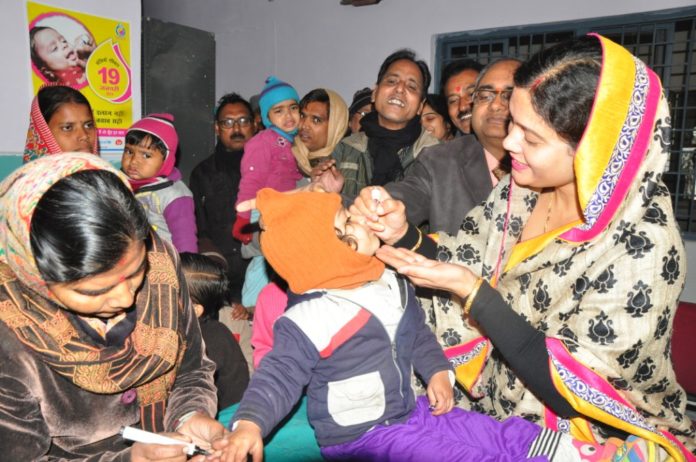
National Health Profile released on Tuesday flags the inhuman work load on doctors
If the frequency of assaults on doctors, especially in government hospitals has been bothering you, National Health Profile 2018 may hold some answers.
The annual report compiled by the government which is the most authentic source of health data shows that every allopathic doctors in a government health facility on an average treats 11082 patients. World Health Organisation recommends that the doctor patient ratio in a population should be 1:1000.
In other words a doctor in a government hospital in India on an average caters to 10 times the number of patients that s/he can take care of as per international health norms. That is a statistic – realistically, one doctor in Bihar takes care of 28,391 people, in Uttar Pradesh s/he takes care of 19,962 people, in Jharkhand of 18518 people. The other states with the highest doctor patient ratio are Madhya Pradesh (16,996) Chhattisgarh (15,916) and Karnataka (13,556).
Thus while the private sector takes care of only patients of its own choice – that is, those that can pay – it is left to the government sector to take care of those people that either cannot pay or have nowhere to go because the private sector has limited presence in rural areas and even some of the smaller cities. On the other hand a lot of the distrust of the medical community and the health system that leads to instances of doctor assaults have their roots in the private sector.
There is talk of Ayushman Bharat bringing private hospitals to rural areas. The truth is, premium calculations are based on the assumption that in villages most of the service will be provided by government hospitals
While releasing the NHP on Tuesday health minister J P Nadda had talked about how Ayushman Bharat would reduce out of pocket expenditure. Top officials in the Ayushman Bharat setup are talking about how the scheme to give a Rs 5 lakh health cover to 10.74 crore families will bring private hospitals to rural areas. The truth is, the premium calculations are based on the assumption that in villages most of the service will be provided by government hospitals.
The NHP data also throws up some interesting paradoxes. Andhra Pradesh which has the most number of medical seats is just marginally below the national average. The doctor patient ratio there stands at 10,189. Tamil Nadu and Kerala, both known for their evolved health systems are not all that much better off either. In TN one government hospital doctors caters to a population of 9544 and in Kerala, one doctor caters to 6810 people. To put it in perspective, even in the “better” states the doctor patient ratio is several times – 9 times in TN and 6 times in Kerala – the recommended international standard.
The ratio is lowest in Delhi (2,203) and northeastern states – Arunachal Pradesh (2,417), Manipur (2,358) and Sikkim (2,437). Delhi has a high concentration of hospitals and doctors – in the NE it is a certificate of low population density rather than a more efficient health system.













